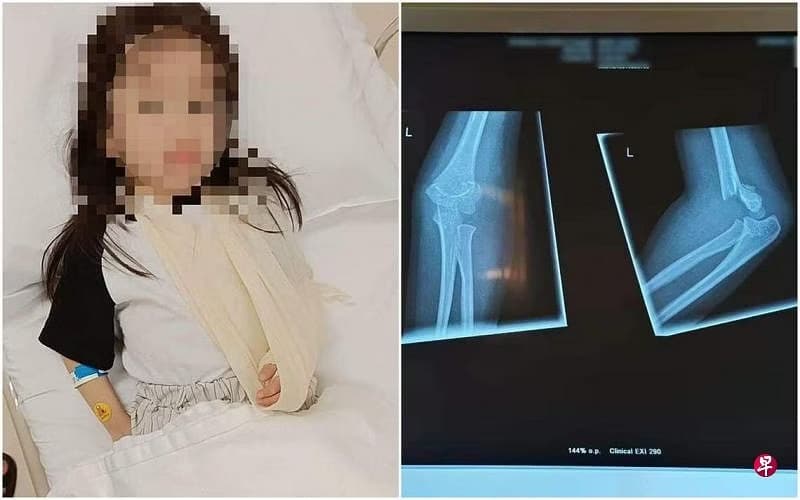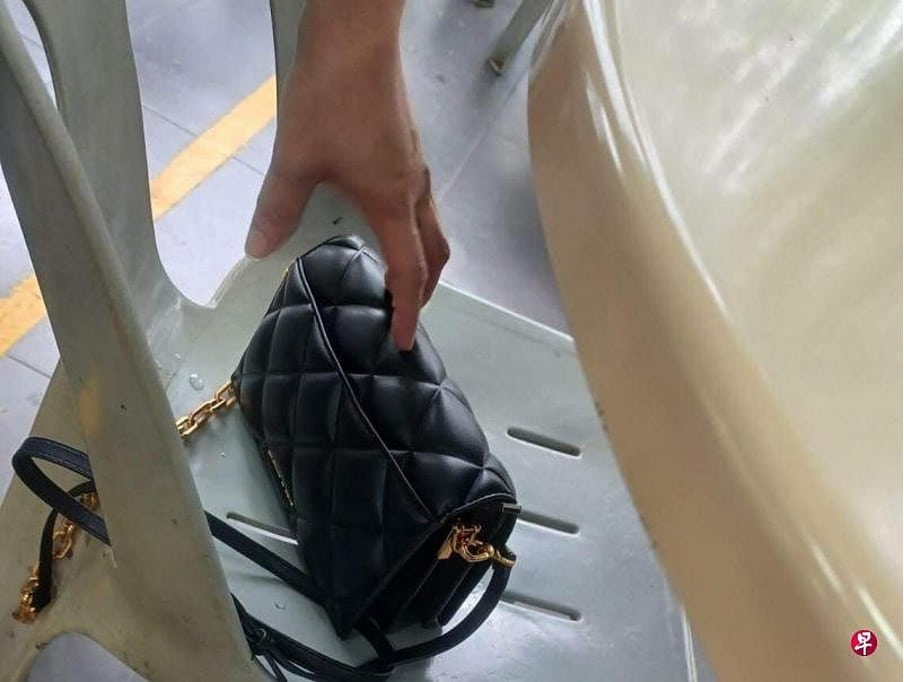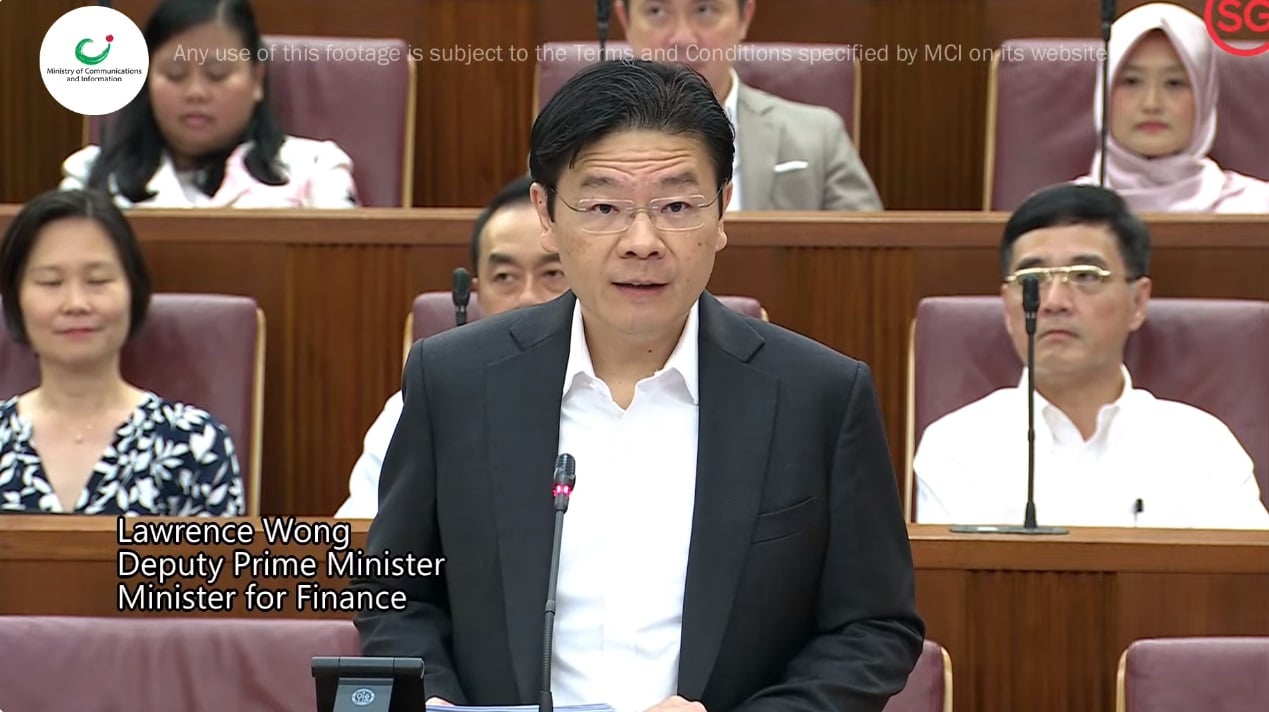The only time we pay attention to parliament speeches is when there are fiery exchanges between MPs. Or when someone makes a freudian slip. Or when high-profile figures visit the Parliament when trains got problem.
Labour MP Melvin Yong raised some important points during the debate on President’s address that are worth 60 secs of your time. It’s so “cheem” – we decided to do a Singlish version for him.

1) ITM, ITM, ITM – Simi is ITM? This one gahmen’s plans but anything we need to take note or not?
“Mr Speaker, I stand in support of the motion. In her Address, Madam President spoke about the need to develop a vibrant economy with more opportunities for our workers. Singapore is right in the middle of her next big economic transition. All 23 Industry Transformation Maps (ITMs) have been launched, laying a roadmap to chart the transformation of each industry. Much efforts have gone into developing the ITMs, which form an important part of the government’s strategy to address each industry’s changing needs. But what do these ITMs mean for our workers?”
2) When I go say hi to workers every week, they ask me if ITM is gonna eat up their jobs leh. Like no job security you know?
“Mr Speaker, as part of my work with the unions, I visit workplaces every week. Many workers tell me they want to be part of the transformation, but they are asking how would they be impacted. What can they do? Many are concerned with their job security. Thus, the key imperative now is for the government to work with its tripartite partners, to articulate the roadmaps in a manner that is compelling to our workers. We need to make the 23 ITMs real for all workers.”
3) People really scared robot take over their jobs…if next time no need human beings to drive buses, then they do what?
“It is no surprise that many are concerned about the security of their job, as the future is filled with inevitable disruptions to the status quo. For instance, drivers face disruption from autonomous vehicles, and workers in a manufacturing plant face disruption from ever increasing automation. My interaction with workers reveals 3 common fears.”
4) Don’t laugh at them hor. Maybe you will kena oso.
“First, workers fear losing their jobs today. Process automation and mechanisation have made many manual jobs redundant, and many worry that their jobs would be next to go. Second, some fear losing their jobs in the near future as digitisation and new technologies continue to disrupt traditional industries. And third, even as our workers grapple with the uncertainty of their own future, they fear that their children would not be able to get a good job in the new economy.”
5) Some jobs gonna become extinct soon. Workers know they have to upgrade so they don’t become “endangered”…but must know what to learn right?
“Mr Speaker, while the ITMs lay a roadmap for the jobs of the future, they do not touch on the jobs that are at risk right now of becoming obsolete. Companies are aware that they need to transform their business operations and they need to send their workers for training and upskilling. But while both employers and workers know that they need to go for training, they are asking 2 questions – firstly, train what, and secondly, train for what?”
6) Simi is ITM? Very cheem leh – can simplify for us not?
“These are key questions that we need to answer as we move to operationalise the ITMs, cluster by cluster, sector by sector, company by company, worker by worker. We need to distil each ITM and articulate what it means to the individual worker. We need every worker to understand where the future lies for him or her. At the same time, we need to excite the next generation of workers.”
7) Ok lah, not end of the world yet. When I go say hi to workers, I see some senior workers very pro in handling the machines leh. Who say they scared machines explode?
“But it is not all doom and gloom on the ground. In my visits, I have seen many success stories of workers who have not been afraid of new technologies and automation. Rather, they work with the new machines enthusiastically, and take charge of transforming their own jobs before they are made redundant.”
8) Got many positive examples lah. One of them is Madam Wang Mui Sin – she level up from Machine Operator in 1980 to Production Planner today in S’pore and batam ok!
“Madam Wang Mui Sin is one good example. Mui Sin started as a Machine Operator in 1980 with electrical equipment provider Yokogawa, performing repetitive tasks along with many others in a production line. Throughout her career, Mui Sin continued to upskill herself, going for training to become a Store Assistant, and attending IT courses supported by her supervisors. Today, Mui Sin is a Production Planner, managing several vital systems to ensure manufacturing schedules in Singapore and Batam are in order. Her work impacts hundreds of production operators, vendors and customers.”
9) Another one is Mr Yap Kok Keong. Joined as technician in 1987 and now supervising 120 production workers. He doesn’t wanna stop learning!
“Mr Yap Kok Keong is another good example of how one can continue to keep pace with technological advancements through continuous learning. Kok Keong joined Panasonic Appliances Refrigeration Devices Singapore in 1987 as a technician. Throughout his career, Kok Keong attended many training courses to upgrade himself both in technical skills as well as management know-how. Today, Kok Keong is a Factory Manager and supervises 120 workers on the production floor. But he told me his learning cannot stop. Just last month, Kok Keong attended a SkillsFuture course on Computer-Aided Design and Additive Manufacturing to better prepare himself for the Industry 4.0 transformation.”
10) Role models sia. If everyone like them, Singapore got hope liao!
“Today, Mui Sin and Kok Keong are earning better wages because they have taken on higher value jobs. But what we can learn from them is their attitude towards lifelong learning. It is always not easy to go for training while having to worry about your work. Therefore, I must also commend their companies for providing the necessary support to help their employees upskill. This spirit is crucial as Singapore transitions towards the future economy.”
We shall not bore you with too much details but basically the next half of his speech can be summarised into 3Rs – re-imagine, re-design and re-skill.
Click here to read the queen’s English version of his speech.
If you’d like to contribute your story to us, drop us an email at editors@sureboh.sg and we’ll review it. We read each submission that comes to us within two weeks of receiving it.





